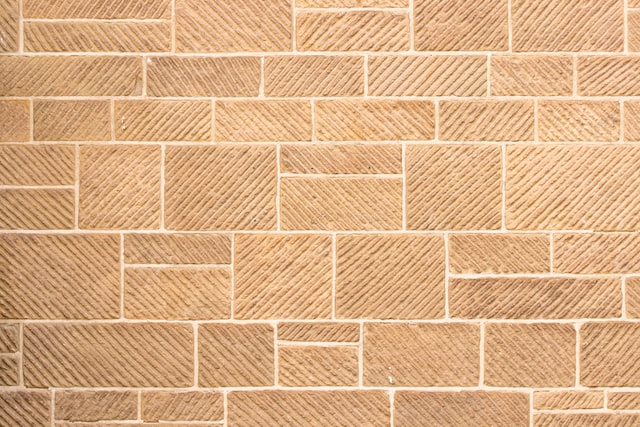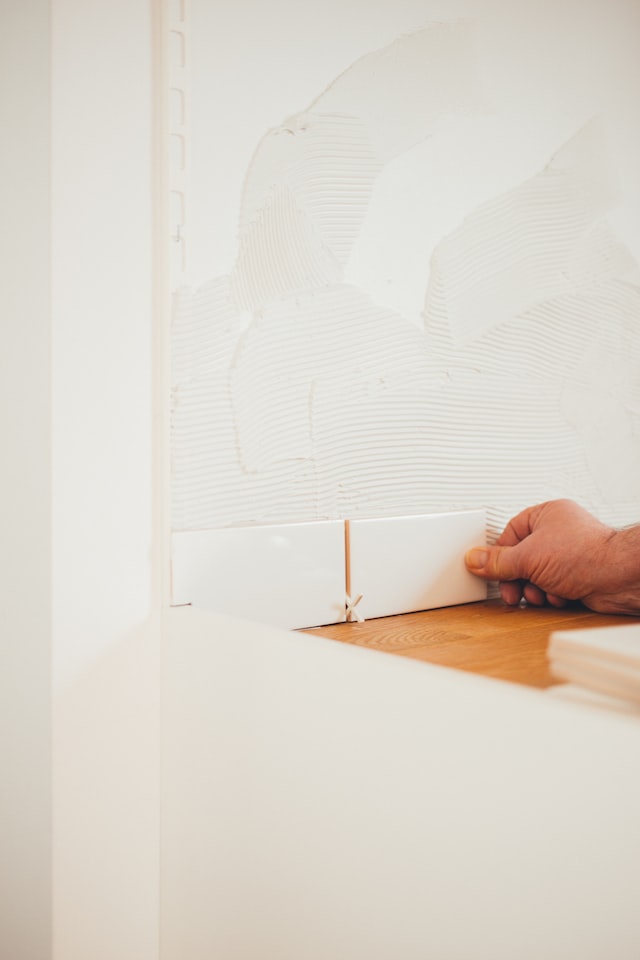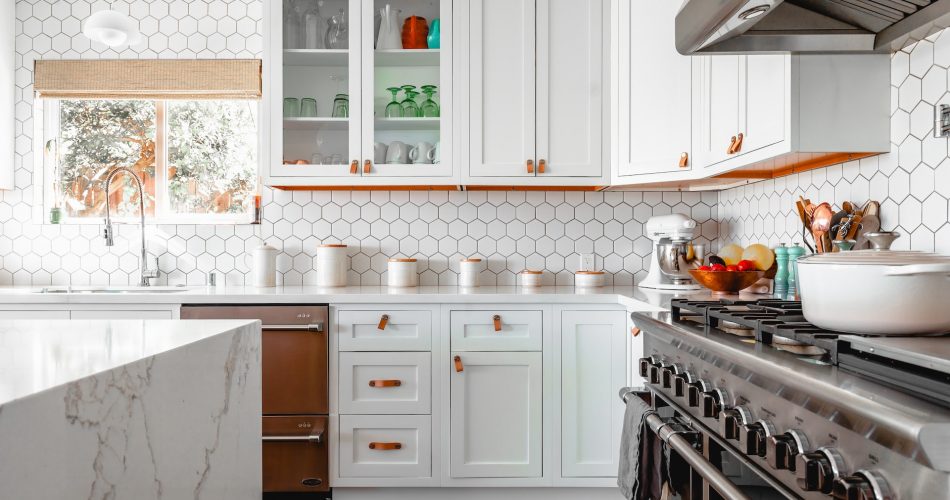The question of how to end a backsplash on an open wall can be tricky. The answer can depend on the material used for the tile, but here are some tips to help you determine the right ending for your kitchen.
Using the countertop as a starting point is often the easiest way to end a backsplash. This is because most people will see the backsplash running along the counter. It also provides a sense of continuity. However, there are a number of ways to end your backsplash on an open wall. You should always take into account the material used for the tiles, because it can affect the finished look.

Photo by Mitchell Luo on Unsplash
If you are working with natural stone, such as marble or slate, it’s important to seal the stone periodically. In addition, you may want to use a wet tile saw. Using this technique will allow you to cut the tile without chipping it.
Another option is to end your backsplash with a bulkhead. Bulkheads are used to fill in the area above upper cabinets, and they give you an extra place to finish your tile. They also provide a clean transition from your cabinetry to your backsplash. To create a clean and professional finish, you can use thin wooden or metal trim to match the color of your tile. Alternatively, you can use a bullnose edge for a sleek, streamlined appearance.
A second way to stop your backsplash on an open wall is to create a focal point. You can do this by installing a simple solid color tile or creating an interesting tile shape with messy edges. These types of designs can add depth to the room, and create an interesting look.
Depending on your budget and the design of your backsplash, you can opt for a blending design, which incorporates the rest of the wall. This is good if you are tight on your budget. But it is also very eye-catching and will give you an elegant finish.
Another alternative is to end your backsplash with a row of tumbled stone tiles. You can also use a row of ceramic tiles with overglazed edges for a finished look. There are also several types of metal strips that come with finished edges. Many of these can be purchased in a variety of colors. Regardless of the style you choose, you should make sure the backsplash matches the cabinetry and countertops.

Photo by charlesdeluvio on Unsplash
If your backsplash is tiled to the wall, you can either end it on the countertop, or on a corner. For example, if you have an open wall at a corner, you can tile the entire length of the wall. Adding a few shelves or other accessories can also be a nice way to end the backsplash.
A third way to end a backsplash on an open wall is to install upper cabinets. This eliminates any awkward transitions and visually creates a smooth transition from the countertop to the backsplash. Upper cabinets can be placed at the top of the wall, or above a peninsula. Either way, you’ll be eliminating the visual contradiction that occurs when a backsplash projects into a vacant wall space.
